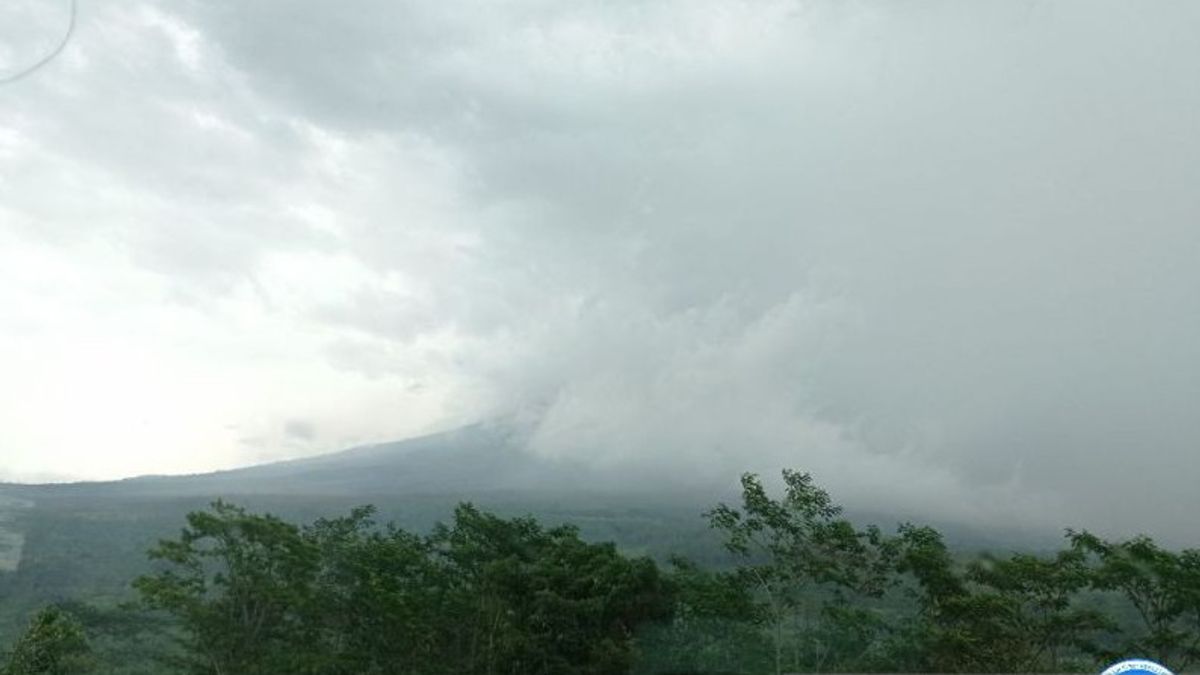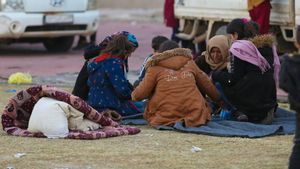LUMAJANG - Mount Semeru in Lumajang Regency, East Java, again launched a hot cloud of avalanches on Sunday at 09.08 WIB, with a sliding distance of 4 kilometers from the summit towards Besuk Kobokan and Besuk Lengkong. The maximum amplitude is 20 MM and the duration is 294 seconds," said Head of the Lumajang Regional Disaster Management Agency (BPBD) Patria Dwi Hastiadi, quoted by Antara, Sunday, March 27. so that people are asked to be alert because the status of the highest mountain on the island of Java is still Level III or Alert. "BPBD always disseminates information related to Mount Semeru's activities, so that people can know and increase their alertness to comply with PVMBG recommendations," he said. Mount Semeru Yuda Prinardita in his written report records the activity The seismic activity of Mount Semeru which has a height of 3,676 meters above sea level (DPL) in the period 06.00-12.00 WIB experienced eruptions, hot clouds avalanches, volcanic earthquakes and recorded flood vibrations. earthquake 55-130 seconds, then there was one hot cloud fall with an amplitude of 20 MM and a duration of 294 seconds," he said. In addition, Mount Semeru experienced one deep volcanic earthquake with an amplitude of 21 MM and one flood tremor with an amplitude of 15 MM for 3,600 seconds. Along with the status of Mount Semeru still on standby since December 16, 2021, there are several PVMBG recommendations that the community must comply with. The public is advised not to carry out any activities in the southeast sector along Besuk Kobokan as far as 13 KM from the summit (center of the eruption).
And beyond that distance, the community is not allowed to carry out activities at a distance of 500 meters from the river bank (river border) along Besuk Kobokan because it has the potential to be affected by the expansion of hot clouds and lava flows up to a distance of 17 KM from the summit. 5 KM from the crater/peak of Mount Semeru because it is prone to the danger of throwing stones (incandescent)," he said. , especially along Besuk Kobokan, Besuk Bang, Besuk Kembar and Besuk Sat as well as the potential for lahars in small rivers which are tributaries of Besuk Kobokan.
The English, Chinese, Japanese, Arabic, and French versions are automatically generated by the AI. So there may still be inaccuracies in translating, please always see Indonesian as our main language. (system supported by DigitalSiber.id)













